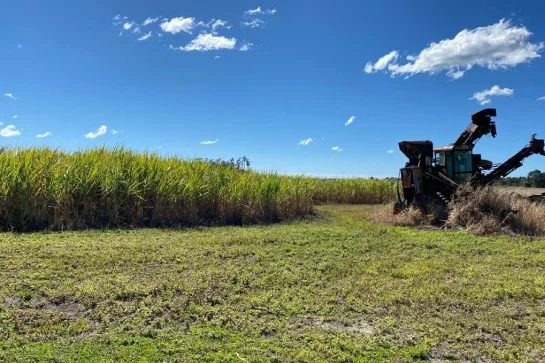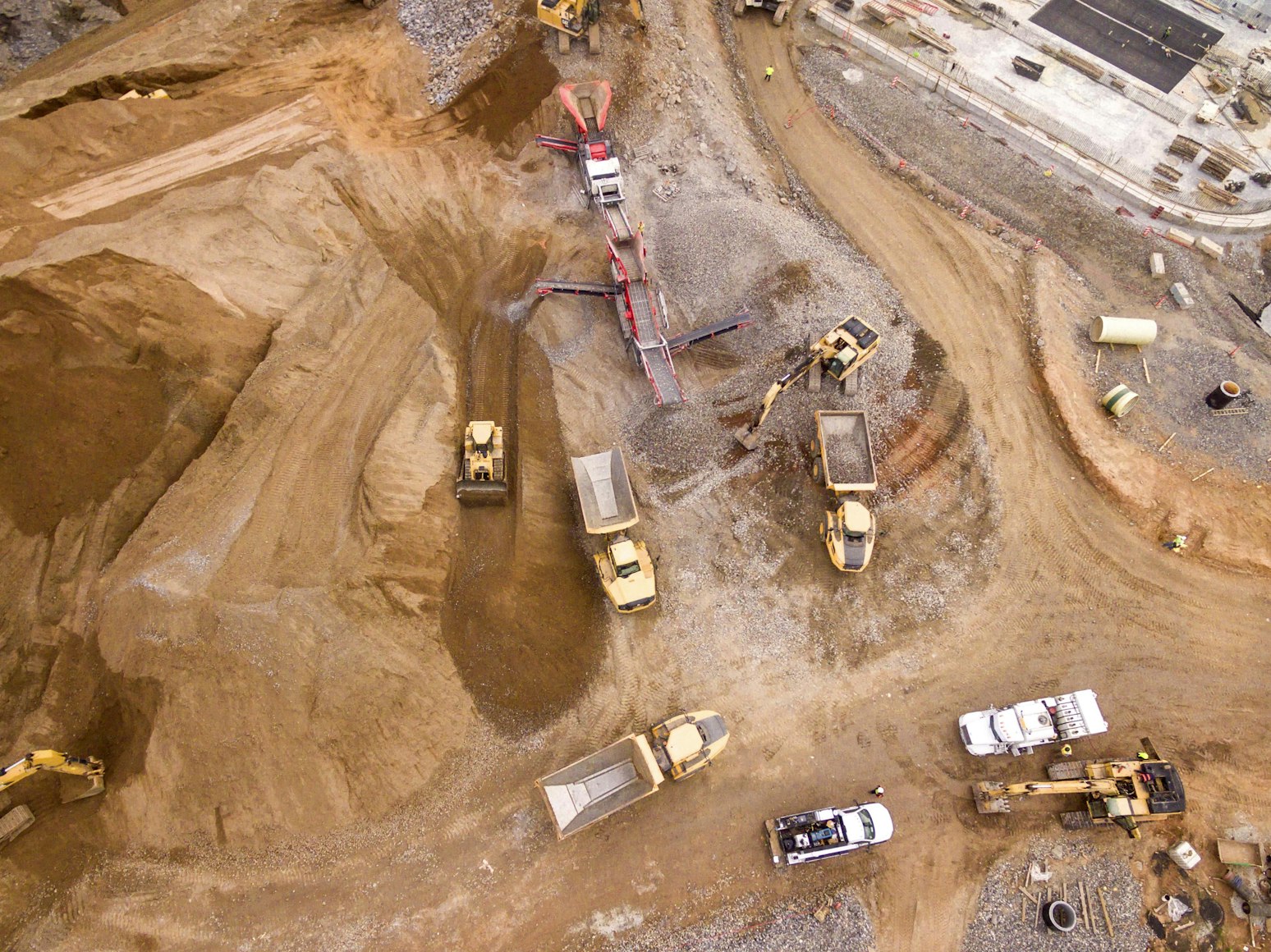Australia is playing a lead role in an international campaign to have a million square kilometres of East Antarctica declared a Marine Protected Area to conserve its distinctive deep-water reefs and feeding areas for marine mammals.
As twenty-five nations gather in Hobart from next Monday (October 21) for the Commission for the Conservation of Antarctic Marine Living Resources (CCAMLR), Australia, France and the European Union will co-sponsor the East Antarctic marine Protected Area proposal.
This region would play a key role in supporting sustainable fisheries and in furthering Australia’s world leading research into climate change.
My decision to pursue this with CCAMLR, the international body that protects Antarctic waters, underlines our commitment to protecting the Antarctic and Southern Ocean.
Antarctic explorer, scientist and adventurer Tim Jarvis AM, whose amazing exploits include trekking the Antarctic wilderness, joined me at Parliament House today to lend his support for the proposal and to highlight a report released by the Australian Marine Conservation Society and the PEW Charitable Trusts demonstrating the benefits that will extend far beyond the Marine Protected Area itself.
“The importance of the Antarctic in underpinning the ocean’s food chain is impossible to overstate and we should be doing all that we can to sustain it,” he said.
Australia has a proud history in Antarctic exploration and in championing modern day initiatives to protect this special place and the marine life that it sustains.
With the Antarctic summer season also commencing next week, Australian scientists will be in the field again backed by record levels of Federal Government investment including: a new $1.9 billion to build and operate new icebreaker; a $450 million upgrade of our network of Antarctic research stations; a $50 million upgrade of the Macquarie Island sub Antarctic station and a $45 million program that will support our ability to travel deep inland to drill three kilometres down into the Antarctic ice cap in search of an ice core dating back a million years.







